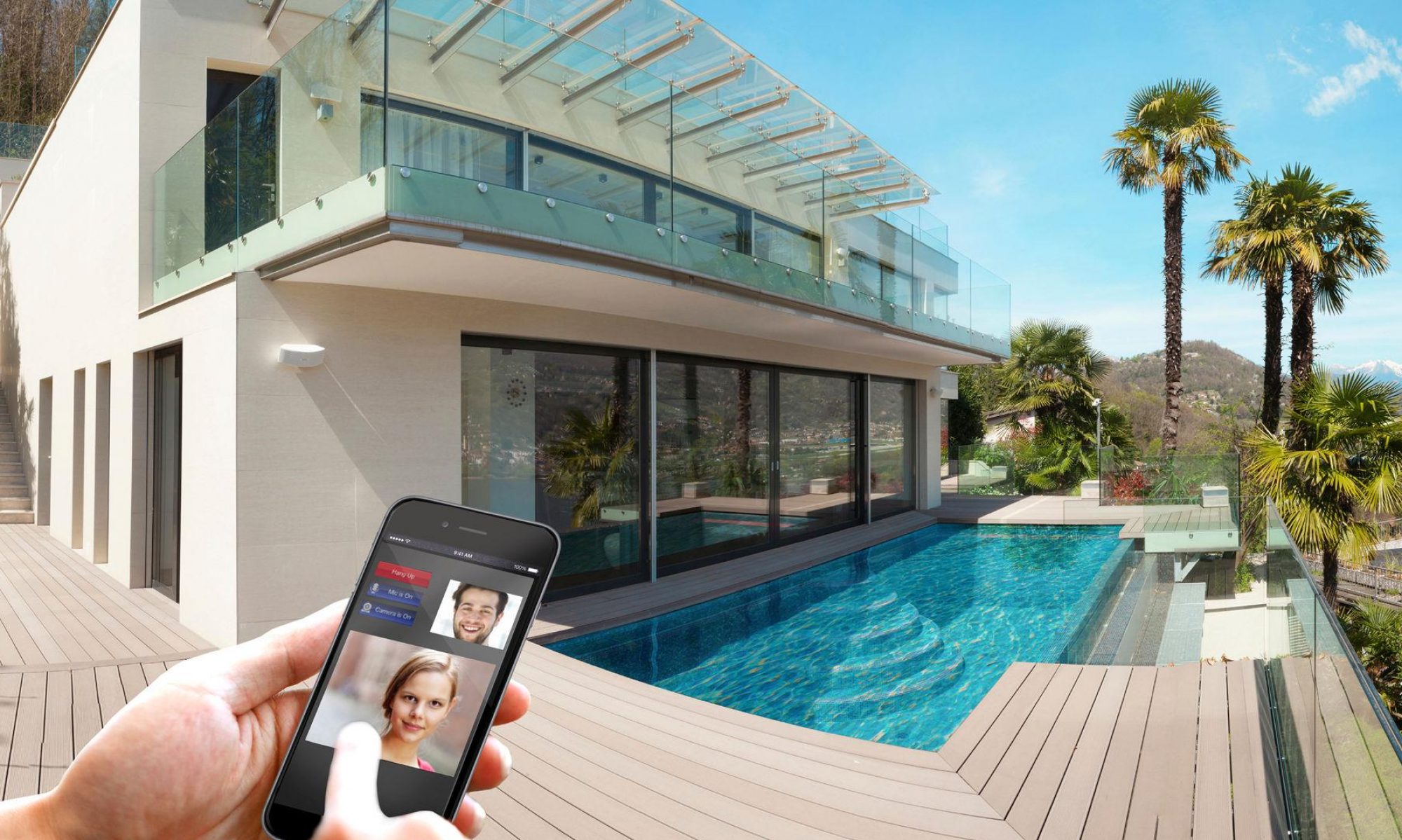Help yourself with Beacon to monitor the presence of people in your office, and thus ensure air quality and social distancing.
For queries please contact below
Tel: +92-21-35250460
Cell: +92-313-8867581
Cell: +92-331-2887178
Email: [email protected]


Smart Home Automation – Lighting Control System – Home Cinema
KNX Smart Home Systems, Building Automation, Audio Video Controls & Home Theater Systems
Help yourself with Beacon to monitor the presence of people in your office, and thus ensure air quality and social distancing.
For queries please contact below
Tel: +92-21-35250460
Cell: +92-313-8867581
Cell: +92-331-2887178
Email: [email protected]
IN00A01BLE is a built-in KNX device that acts as a two-way gateway between the KNX bus and the OTOMO Bluetooth® mesh; it includes 2 analog inputs for the connection of a BT01A01OTO temperature and brightness probe and a 10A – 230V relay with dry contacts. The two-way communication between the two systems allows to introduce in KNX installations the advantages of the typical functions of an OTOMO system such as the presence detection – via Mobile App and Beacon – of a user in an environment or the opportunity to transfer information, commands, states between one system and the other. The product includes a thermostat module capable of managing 2 stages with integrated PI controller for the control of heating and cooling equipment, valves, 2 and 4-pipe fan coils, etc.
Silver, copper but also lino and materials that mimic shark skin to break down pathogens. With no shortage of help from the healing power of plants and biophilic design.
What has the health crisis taught us? No doubt to wash our hands and maintain social distancing as much as possible. Given that we spend most of our time indoors, this particular period has also intensified the need to live in clean and healthy environments. Hygiene first and foremost and a great desire for safety and psychological peace of mind, transmitted by recognizable and visible signals in the spaces in which we live.

And the office is precisely one of those places in which we spend a good portion of our day, provided smart working is an option. The future is still filled with uncertainty, having spent a somewhat memorable summer break laced with a new sense of freedom that we so craved during the lockdown, and countless doubts regarding how to go back to work. But this is precisely where our expectations are highest: the workplace has no choice but to satisfy the highest hygiene and safety standards and must guarantee a level of cleanliness equal to that of our own homes.
The challenge for most manufacturers today is to offer the market materials able to fight the spread of microbes and bacteria, without these compromising the basic hygiene rules that must necessarily be respected. Solutions and measures that have forever been adopted in the health sector now need to be transferred to other industries, from hotels to offices, using antimicrobial materials that inhibit the growth of micro-organisms.
The aim is to succeed in producing natural antimicrobial materials without any added chemicals, which although very efficient in breaking down harmful micro-organisms, may also have negative side effects on other forms of life, whether animal or human.
Making informed and intelligent choices regarding which materials to use, is essential.

Silver is an antimicrobial product par excellence. Its properties in the field of health and hygiene were known as early as the Hippocratic period. Commonly used to formulate antiseptic creams and in drinking water treatments, the ions are today used in mix design to develop surfaces that inhibit the spread of germs and bacteria.
It is used for example in the production of ceramic tiles, a hygienic product in itself and particularly appreciated for its ease of cleaning. Combined with titanium dioxide, highly valued for its self-cleaning action triggered by photocatalytic processes, it is one of the components used to produce antiseptic and antimicrobial wall and floor coverings.
“Thanks to the photocatalytic action, the titanium dioxide breaks down the pollution in the air. Together with silver ions, it is used to produce self-cleaning, antiseptic and antimicrobial ceramic tiles.
Similarly, copper has forever been known for its antiseptic properties, together with its alloys, bronze and brass. It is estimated that a copper surface can completely eliminate a viral load in less than 4 hours, whereas 48 hours are required for steel, and 72 hours for plastic.

Lino too is an excellent product for environments with a high occupation rate. Made using only natural and biodegradable materials, it is also antimicrobial, most likely due to the intrinsic properties of the linseed oil. What’s more, it is a continuous floor and therefore the preferred option, in terms of health and hygiene, with respect to other solutions having joints that are often difficult to clean.
But there are also surfaces, apparently smooth to the naked eye but produced with micro-asperities and special textures, which appear to be hostile to pathogens, for example those that reproduce the texture of shark skin.
Based on a study, it was shown that when several pathogens were sprayed onto the surface in question, thus simulating the effect of a sneeze, the shark skin surface presented 94% less bacteria with respect to a smooth surface, as compared to 80% for copper surfaces.
Biophilic design also helps through the strong use of indoor green solutions, opting for antimicrobial plants such as cinnamon and laurel, but also thyme and cloves, historically used in traditional medicine for their natural antipathogenic properties.
What is the object that we are least willing to go without? Our phone, without a doubt. And it is thanks to smartphones that we are able to manage a building automation system allowing savings and increased comfort levels in the office. With an eye to health.

Today, savings in the office are a real possibility thanks to the network developed between Bluetooth Low Energy products, widespread sensors and lighting devices. The ground-breaking idea consists in controlling these types of systems through an object that today we simply we can’t do without, and which is always with us: our phone.
One of the first things we touch when we enter a room is the door handle and the light switch. Just think about the type of breeding ground for germs these simple, apparently harmless objects can become. According to studies conducted in hospitality buildings, and therefore easily transferable to office buildings, one of the dirtiest elements in a hotel room are in fact the light switches and door handles, given they are rarely subjected to thorough cleaning by hotel workers. Given it is impossible not to turn on the light or open the doors, building automation and the IoT can give us a hand by allowing these actions, such as turning the lights on and off and opening and closing doors, to be performed without necessarily coming into contact with surfaces potentially dangerous to our health insofar as possible sources of contagion for viruses and bacteria. Hence, by using a simple App directly from our phone, and therefore a personal object, we can manage offices, controlling not only the lighting but also the doors, windows, sun shades and fan coils.
For queries please contact below.
Tel: +92-21-35250460
Cell: +92-331-2887178
Cell: +92-330-6322277
Email: [email protected]